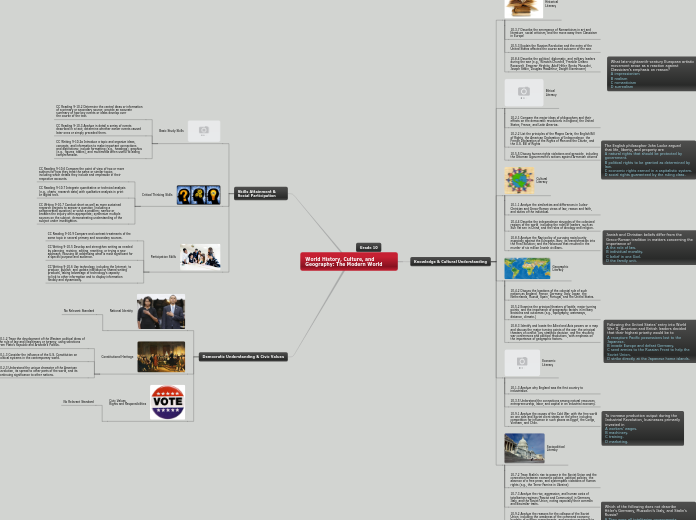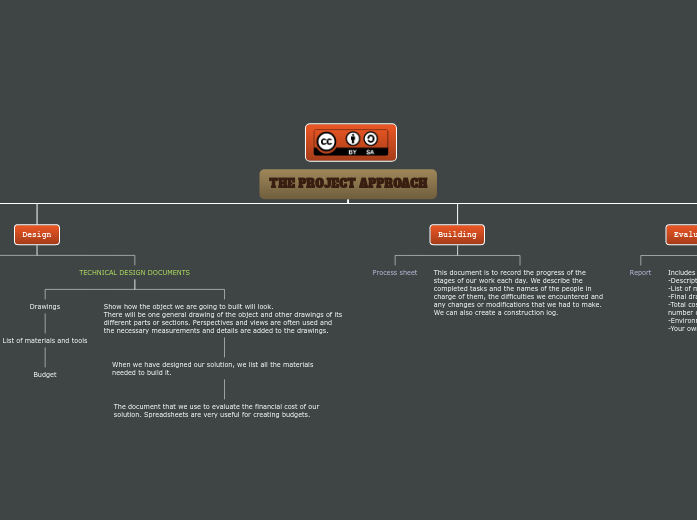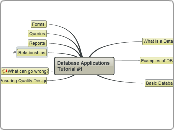a Anton Tkachenko 11 éve
292
model thinking
The text discusses the importance and application of models in various analytical contexts. Models serve as tools for understanding complex systems and aiding decision-making processes, such as through comparative statics, counterfactual analysis, and real-time decision aids like the Monty Hall paradox.









